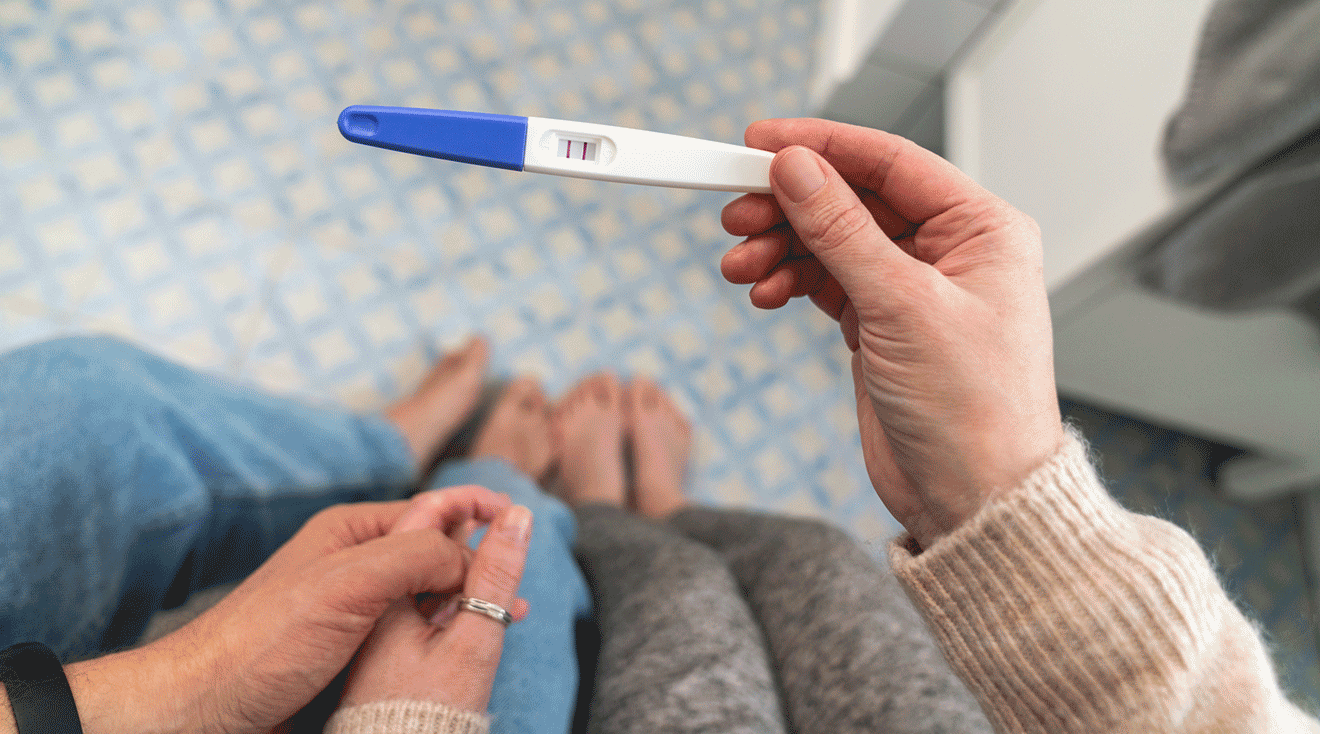Deciding to take a pregnancy test often marks a significant moment in a person’s life. Whether planned or unexpected, this step typically comes after noticing physical changes or calculating a missed period. Most pregnancy tests work by detecting the presence of human chorionic gonadotropin (hCG), a hormone produced by the placenta shortly after a fertilized egg attaches to the uterine lining. This hormone builds up quickly in the body, which is why tests can often provide accurate results within a few days of a missed period.
Although the science behind testing is straightforward, the emotional and logistical aspects can feel more complex. People may feel anxious about timing, accuracy, or the next steps. Understanding how tests work and what to expect can help reduce confusion and support better decision-making, regardless of the result.
Choosing the Right Time to Take a Pregnancy Test
Timing plays a major role in test accuracy. While some tests advertise the ability to detect pregnancy several days before a missed period, accuracy increases the longer you wait. Taking a pregnancy test too early may lead to a false negative, especially if hCG levels have not risen enough to be detected. If the test is negative and symptoms continue, waiting a few days and testing again may offer clearer results.
For the most reliable outcome, many healthcare providers recommend taking the test one week after a missed period. By this point, hCG levels have typically risen enough to register on both at-home and clinical tests. Early morning urine tends to have the highest concentration of hCG, which is why many instructions suggest testing at that time.
Understanding the Different Types of Pregnancy Tests
There are two main types of pregnancy tests: urine-based and blood-based. Urine tests are the most common and widely available in pharmacies, supermarkets, and online. These can be either strip-style or midstream tests and typically provide results within minutes. Blood tests, on the other hand, are conducted in clinical settings and may be ordered if there is a need for more precise information about hormone levels or if a patient is experiencing complex symptoms.
Urine tests indicate pregnancy with a line, a symbol, or a digital result, depending on the brand. Although faint lines can be confusing, any visible line—no matter how light—may suggest a positive result. For this reason, reading the instructions carefully and reviewing the test within the recommended time frame can help prevent misinterpretation.
Scheduling a Visit
A positive pregnancy test is usually followed by scheduling a visit with a healthcare provider. At that appointment, they may confirm the pregnancy with a blood test or ultrasound and begin conversations about prenatal care. Depending on individual circumstances, this may also involve discussing medical history, supplements, or lifestyle changes. If the test is negative but pregnancy is still suspected, repeating the test after a few days may be helpful. Sometimes, hCG levels may simply be too low to detect during the first test. If symptoms persist and multiple tests remain negative, a provider can explore other causes such as hormonal fluctuations, thyroid issues, or stress-related cycle changes.
Approaching the Experience with Confidence and Clarity
While the moments surrounding a pregnancy test can feel overwhelming, understanding the steps involved makes the process more manageable. Reliable information, clear instructions, and thoughtful timing are key to getting results you can trust. Whether the test confirms a pregnancy or prompts further questions, knowing what to expect allows individuals to approach the situation with clarity and better prepare for what comes next.
- EA Fitness – Transform Your Health Today!
- Why Is Mental Health Important – Transform Your Life By Prioritizing It!
- How To Improve Gut Health – Boost Digestion, Energy & Immunity!
- Is Coffee Beneficial To Health – Expert Insights You Can’t Afford To Miss!
- TimesHealthMage Diet Plans For Diabetics – Manage Blood Sugar The Smart Way!


Leave a Reply